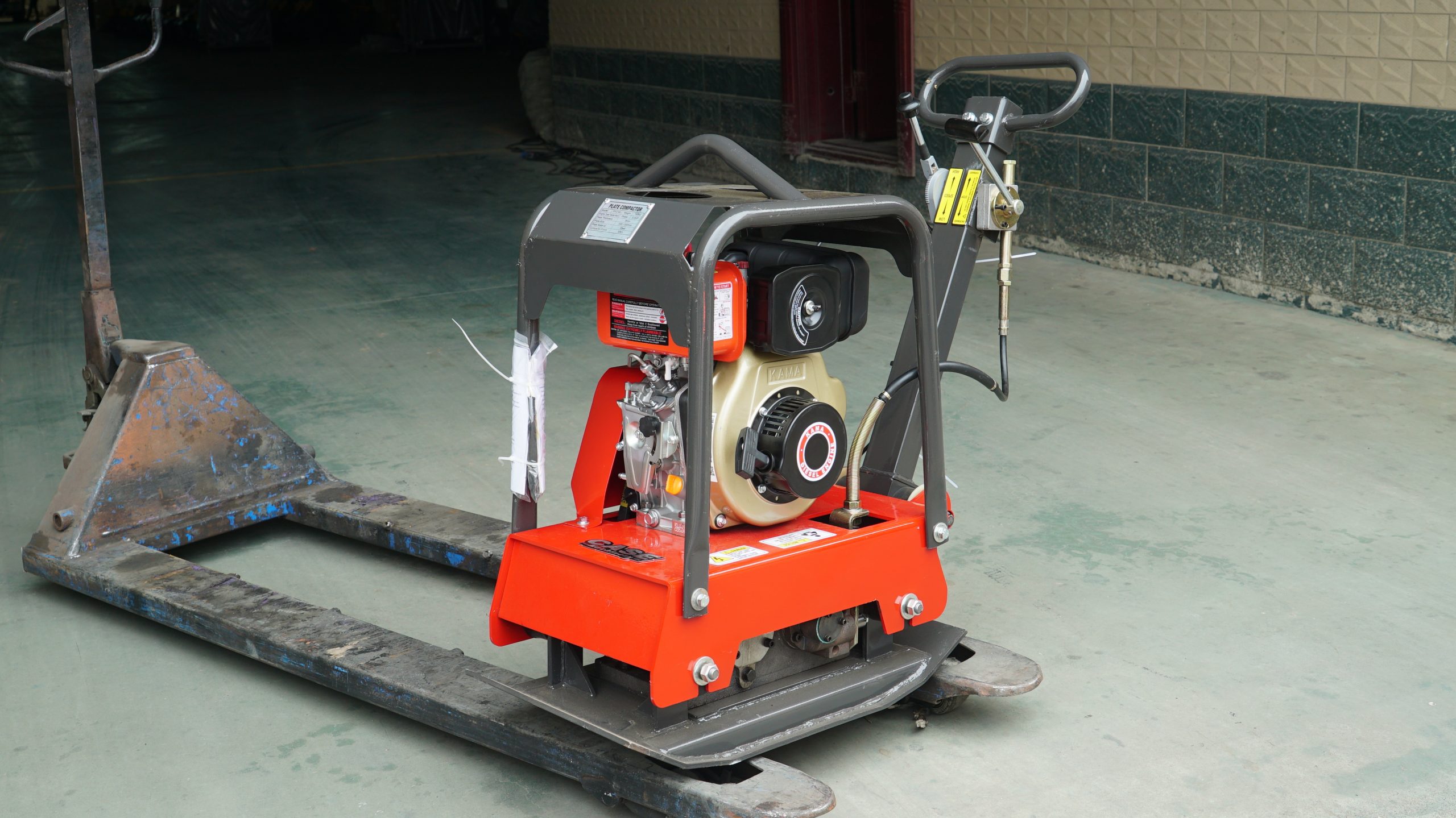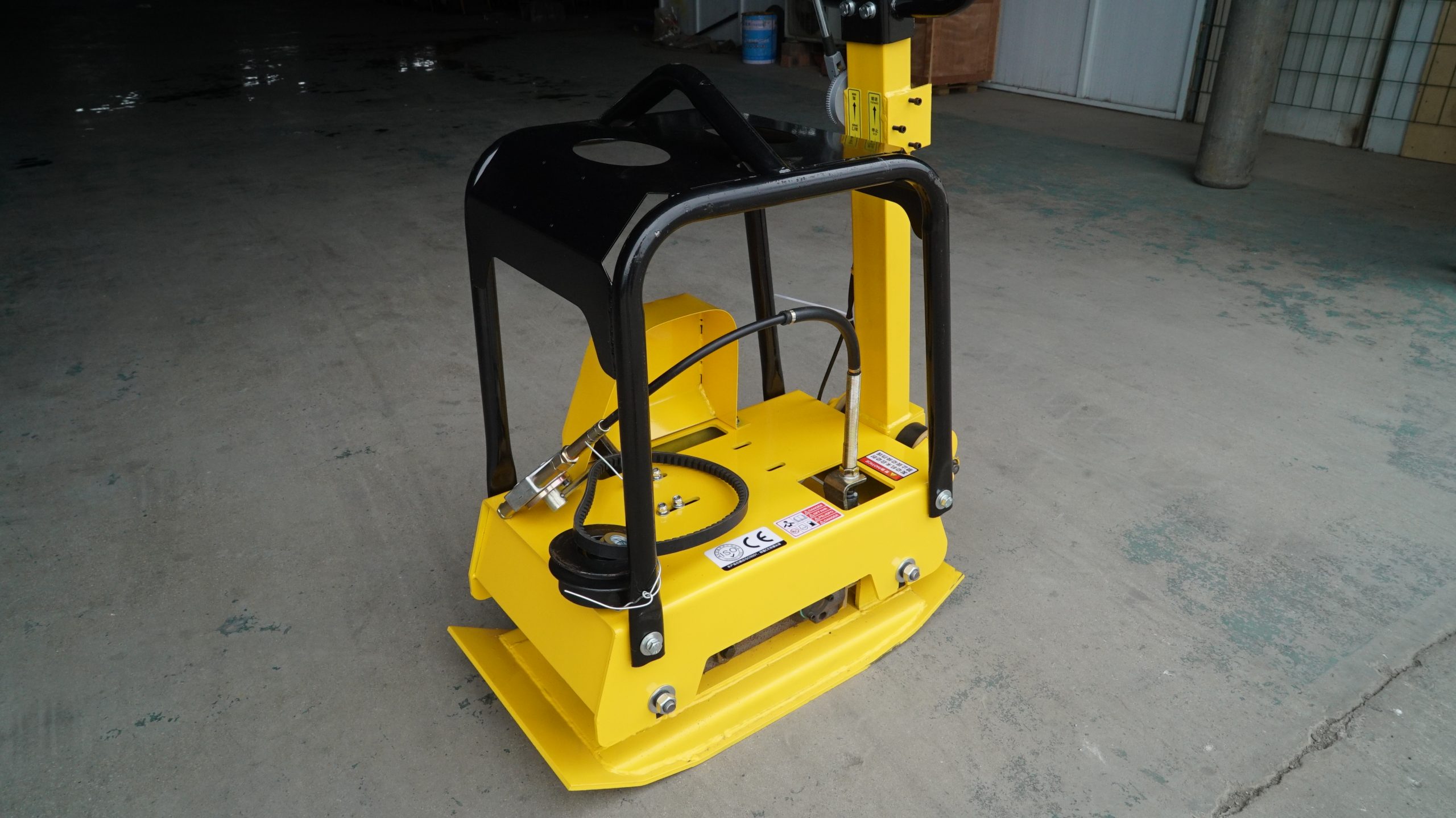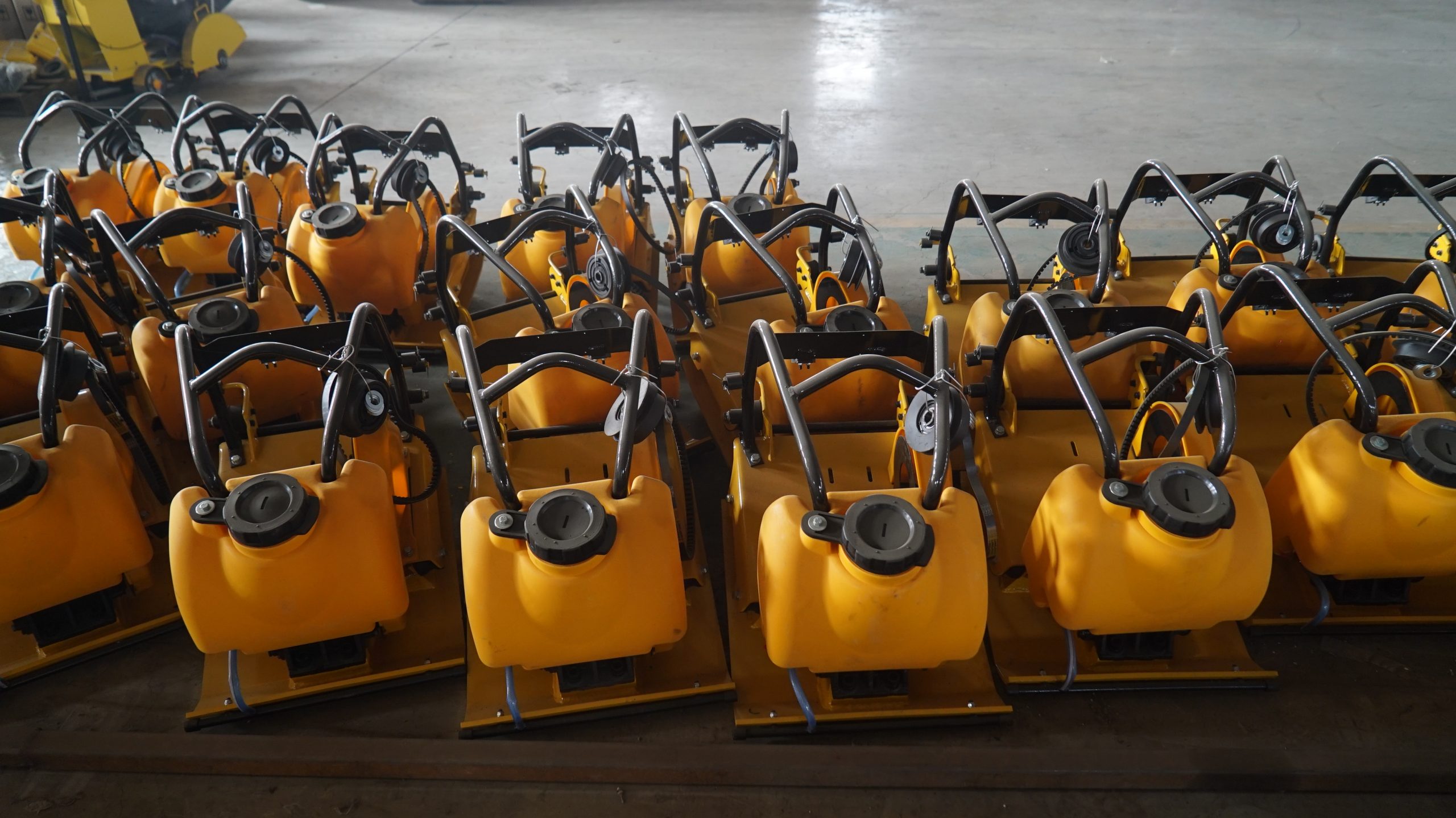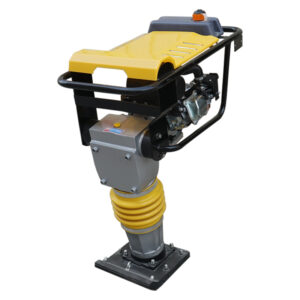1.The use of vibrating plate compactors
Whether you’re looking to compress soil to achieve higher ground stability for your next building project or to do paving and pavement maintenance, a vibrating plate compactor perfectly fits in with your needs. Start your search for the perfect vibrating plate compactor with our overview of the most important specifications and features to consider.

2.TYPES OF VIBRATING PLATE COMPACTORS
There are three main types of vibrating plate compactor: i) single vibrating plate compactors, ii) reversible vibrating plate compactors, and iii) high performance vibrating plate compactors. The one you choose would depend on the size and type of job you want to do.
- Single vibrating plate compactors move in a forward direction only and excel at compacting granular soils, such as sand or gravel.
- Reversible vibrating plate compactors move in both forward and reverse directions and are ideal for medium-sized projects such as driveways.
- High performance vibrating plate compactors are heavy duty compactors that are often used for deeper depth or subbase compaction jobs.

3.Consider the plate specifications of the vibrating plate
Plates are measured in width and can range from 15 to 25 inches. The greater the width of a plate, the more ground you can cover.
Plates are measured in width and can range from 15 to 25 inches. The greater the width of a plate, the more ground you can cover.
The shape of a plate affects compaction. Look for a curved plate as it makes turning easier and prevents gouging. How to tell if the plate is curved? Examine the plate from the center to the edging; it should be slightly bent up.

Centrifugal force is what gives a vibrating plate compactor its power. The greater the centrifugal force generated by the compactor, the harder the plate hits the surface. Small plate compactors generate around 3,000 to 4,500 ft-lbs while large plate compactors can generate up to 21,000 ft-lbs.
Eccentricity frequency indicates the number of times a compactor hits the surface in a minute. It is measured in VPM. Lower eccentric frequencies are best for cohesive soil compactions. For granular and asphalt materials, higher vpm compactors are recommended.


